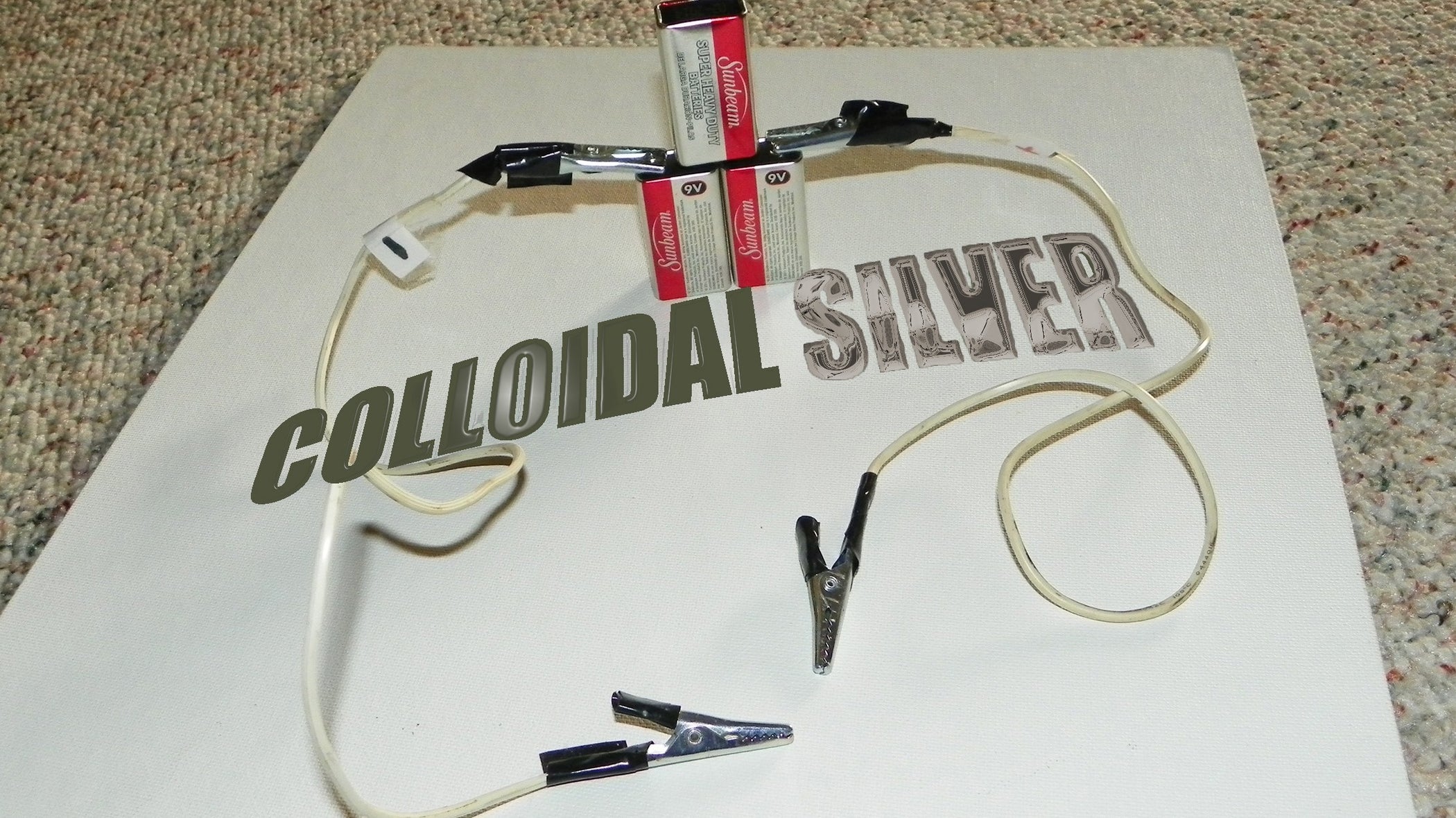Dinner
New Member
Hello. I'm new, tried to find a rules sheet but could not find it so please tell me if anything here is against the rules or anything so I can delete the thread. Also there is a lot of boring and possibly useless info incoming but I just want to make sure I don't miss anything.
I've been trying to make female pollen with my current batch. I do not believe it is working since the treated branches are showing pistils. I'd like to get some more info from someone with experience.
I treated 4 branches of a single plant.
This plant showed remarkably fast growth so I thought it would be a good idea to breed it. Since I have no males or pollen of any kind, I decided to make some cuttings. Most cuttings took roots and are currently in another separate environment.
The branches were labelled 1,2,3 and 4.
1 and 3 were sprayed with a fine mist spray bottle, containing a solution of gibberellic acid 100 ppm. This solution had a little detergent because I don't have any lab surfactants.
2 and 4 were treated with what I believe is silver thiosulfate. I made this solution on November 2nd 2020, from sodium thiosulphate and a solution of silver nitrate. The thing is this solution was made the 4th of April 2019, it could even be from 2018 because I am a dumbass who forgot to write down the year. It was stored inside a fridge on a brown glass bottle covered with aluminum foil. I suspect this solution didn't work because of how unaffected 2 and 4 seem by the treatment, also because my hands didn't show small black freckles after applying the treatment.
2 and 4 were not sprayed on but rather had 2 cotton wads (each, so a total of 4) strapped around them, which were given 1 ml of the solution (each).
The schedule was as follows:
1 and 4 were treated once a day at lights out. For 10 days, starting with the first day of 12/12 photoperiod.
2 and 3 were treated once a day at lights out. For 10 days, starting 5 days before the 12/12 photoperiod change. So they were treated 5 days during the 18/6 photoperiod, then photoperiod was changed to 12/12, and 5 days of treatment followed.
I would like to use gibberellic acid to make feminized seeds because it doesn't stain and it's cheaper here than colloidal silver or silver thiosulphate.
Is it possible for an already feminized plant bought from a seed bank, to be turned into a male using any of these treatments? The plant I used is of doubtful origin. I had this idea in my head that only non feminized (once identified as a female) could be used to make female pollen. So I made sure the plant I used wasn't feminized.
What could be making this treatment fail? I mean besides the fact that the silver thiosulphate solution was probably a dud.
Anyone had success making female pollen from gibberellic acid?
Any help is welcome, thank you.
I've been trying to make female pollen with my current batch. I do not believe it is working since the treated branches are showing pistils. I'd like to get some more info from someone with experience.
I treated 4 branches of a single plant.
This plant showed remarkably fast growth so I thought it would be a good idea to breed it. Since I have no males or pollen of any kind, I decided to make some cuttings. Most cuttings took roots and are currently in another separate environment.
The branches were labelled 1,2,3 and 4.
1 and 3 were sprayed with a fine mist spray bottle, containing a solution of gibberellic acid 100 ppm. This solution had a little detergent because I don't have any lab surfactants.
2 and 4 were treated with what I believe is silver thiosulfate. I made this solution on November 2nd 2020, from sodium thiosulphate and a solution of silver nitrate. The thing is this solution was made the 4th of April 2019, it could even be from 2018 because I am a dumbass who forgot to write down the year. It was stored inside a fridge on a brown glass bottle covered with aluminum foil. I suspect this solution didn't work because of how unaffected 2 and 4 seem by the treatment, also because my hands didn't show small black freckles after applying the treatment.
2 and 4 were not sprayed on but rather had 2 cotton wads (each, so a total of 4) strapped around them, which were given 1 ml of the solution (each).
The schedule was as follows:
1 and 4 were treated once a day at lights out. For 10 days, starting with the first day of 12/12 photoperiod.
2 and 3 were treated once a day at lights out. For 10 days, starting 5 days before the 12/12 photoperiod change. So they were treated 5 days during the 18/6 photoperiod, then photoperiod was changed to 12/12, and 5 days of treatment followed.
I would like to use gibberellic acid to make feminized seeds because it doesn't stain and it's cheaper here than colloidal silver or silver thiosulphate.
Is it possible for an already feminized plant bought from a seed bank, to be turned into a male using any of these treatments? The plant I used is of doubtful origin. I had this idea in my head that only non feminized (once identified as a female) could be used to make female pollen. So I made sure the plant I used wasn't feminized.
What could be making this treatment fail? I mean besides the fact that the silver thiosulphate solution was probably a dud.
Anyone had success making female pollen from gibberellic acid?
Any help is welcome, thank you.




